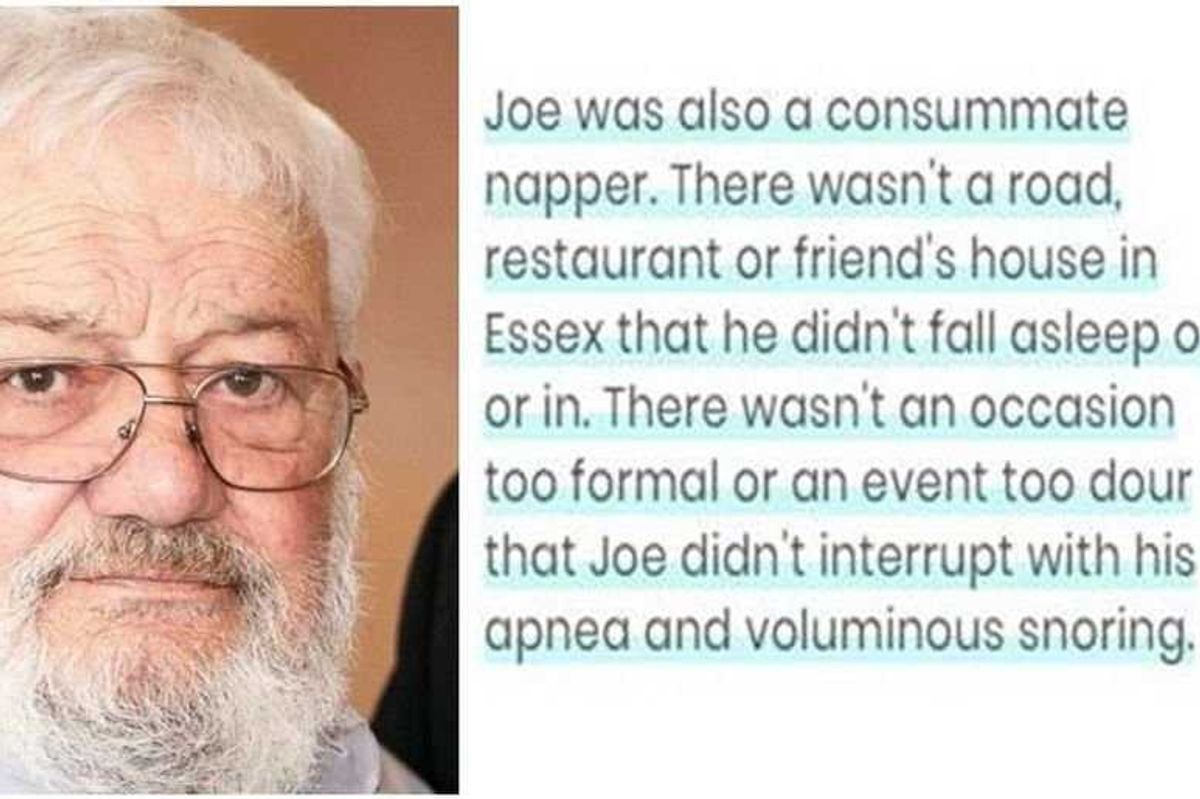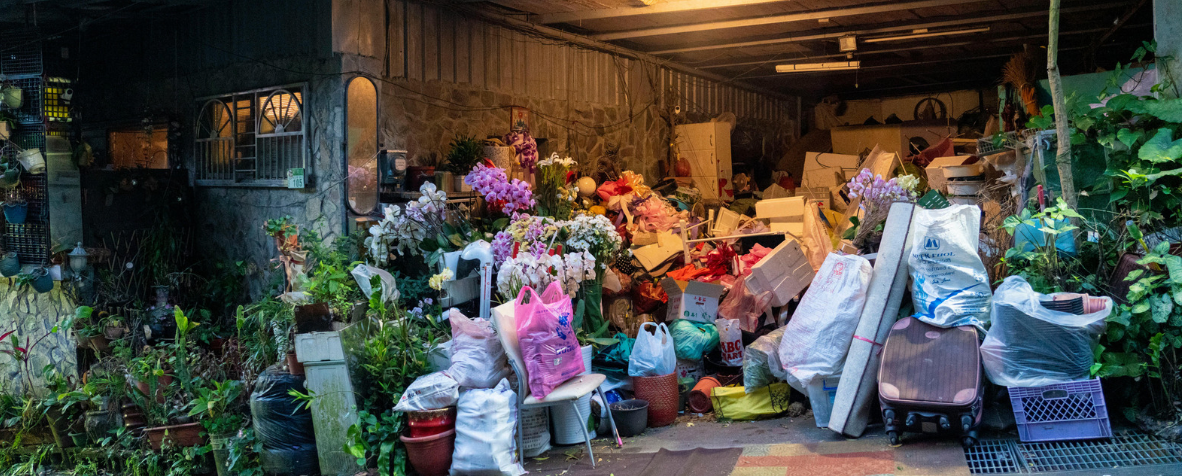The Hmong people prefer shamans over doctors. So one hospital decided to provide both.
When your culture doesn't believe in medicine, how can a hospital bridge that gap and provide health care when you really need it?
That was the Hmong community's dilemma when they resettled in Merced, California. Originally from the rural mountains of southeast Asia, the Hmong mainly worked as farmers before getting caught in the crossfire of the Vietnam War. With the death toll rising, the Hmong were forced to flee to countries such as Thailand, France, and the United States.
All images via Dignity Health.
When it comes to treating illnesses, the Hmong believe in the healing power of shamans — not doctors — to ward off bad spirits, which they consider to be the true source of sickness. Hmong shamans are mediators between the physical and spiritual world and are known to sacrifice animals and go into trances to retrieve wayward spirits and heal their patients.
This method, however, isn't recognized by western culture. So when many Hmong first moved to the U.S., they were understandably overwhelmed by the advancements in modern medicine that some of them were seeing for the first time. Because of that, they would avoid the hospital and only go for treatment when their condition was absolutely critical.
Mercy Medical Center decided to bridge this cultural gap and take a different approach to make their new patients comfortable. Watch how it all unfolded right here:
There was a huge culture shock on both sides when Hmong community members first made their way to Merced.
Hospital procedures can be a scary thing, but just imagine how scary they can be if they're all new to you. The Hmong weren't aware of the science of the human body and how the body functions. Their language also doesn't directly translate many medical terms, so they often didn't understand what doctors were telling them.
Mercy Medical Center also initially wasn't aware of the practices of the Hmong shamans. For example, they didn't know that shamans tie a string around the wrist of the patient to keep bad spirits away, and, not knowing its meaning, some hospital staff would cut it off.
But as time went by, both sides came to understand that each had the patient's interest in mind, and everyone wanted to find a way to make sure that patients were getting the best treatment possible. The answer? Make shamans part of the hospital culture.
"We wanted to bring the shaman into the hospital because we understand that healing is looking at the person as a whole," says Janice Wilkerson, mission integration director at Mercy Medical Center. "It’s body, mind, and spirit."
Hmong shamans and doctors now work hand in hand to heal their patients.
The shamans are taught how a hospital functions, and in turn, the shamans expose the doctors more about their culture. "To learn more about the traditional belief, the spiritual healer, to listen to them, to see how they do it, how do they help the patient," adds Palee Moua, director of S.E.A. engagement.
Shamans are now able to go through a series of classes that help seamlessly integrate them into the hospital culture. In addition, the hospital allows nine different ceremonies that shamans are able to perform for their patients. Most of these ceremonies involve soft chanting where, according to the shamans, they are able to strengthen the patient's body or, in certain cases, retrieve their soul.
"The doctors respect me as much as a doctor," says Xia Vang, a Hmong shaman who works at Mercy Medical Center.
Other hospitals around the U.S. are following suit and embracing the cultural practices of their immigrant communities.
A 2007 survey conducted by The Joint Commission shows how hospitals around the U.S. are embracing these cultural changes and listening more to the needs of their patients. The survey not only identified the challenges that arise, but also pointed out concrete ways to address them — whether it's fixing the language barrier or employing a more diverse staff. Because of advancements like this, the relationship between health care provider and patient can only get stronger.
That's why we're seeing health care developments such as the Good Samaritan Hospital putting Korean seaweed soup on their maternity ward menu and birthing doulas being provided for Somali women in cities like Minneapolis.
When hospitals, like Mercy Medical Center, provide treatment and respect their patients' cultures, they're able to improve their quality of life in a much more impactful way.
It can be a challenging hurdle to overcome for sure, but when we open our minds and hearts to the differences that other cultures bring, amazing things can happen.
"Whatever issues we have, we should be open and go learn with our western counterparts," adds Xia Vang. "We should not stay at home, or else we won’t see the larger path ahead of us."



 TikTok · Ale
TikTok · Ale

 Joe Heller and a doctor talking to a patient.
Joe Heller and a doctor talking to a patient. A man proposing to a woman at sunset.via
A man proposing to a woman at sunset.via  A hoarder's garage.Image
A hoarder's garage.Image 

 Phone charging.
Phone charging. bill nye chemistry GIF by NETFLIX
bill nye chemistry GIF by NETFLIX 
 Autumn created this piece when she was just 5 years old.Autumn de Forest
Autumn created this piece when she was just 5 years old.Autumn de Forest  Autumn de Forest paints Autumn de Forest
Autumn de Forest paints Autumn de Forest  An Autumn de Forest paintingAutumn de Forest
An Autumn de Forest paintingAutumn de Forest 
 Autumn de Forest stands with the Pope who looks at one of her paintings Autumn de Forest
Autumn de Forest stands with the Pope who looks at one of her paintings Autumn de Forest 
 Jim Carrey Idk GIF
Jim Carrey Idk GIF  A young Adriano Celentano singing on stage By Collezione Biblioteca Comunale G.D. Romagnosi, Salsomaggiore Terme, Public Domain,
A young Adriano Celentano singing on stage By Collezione Biblioteca Comunale G.D. Romagnosi, Salsomaggiore Terme, Public Domain,